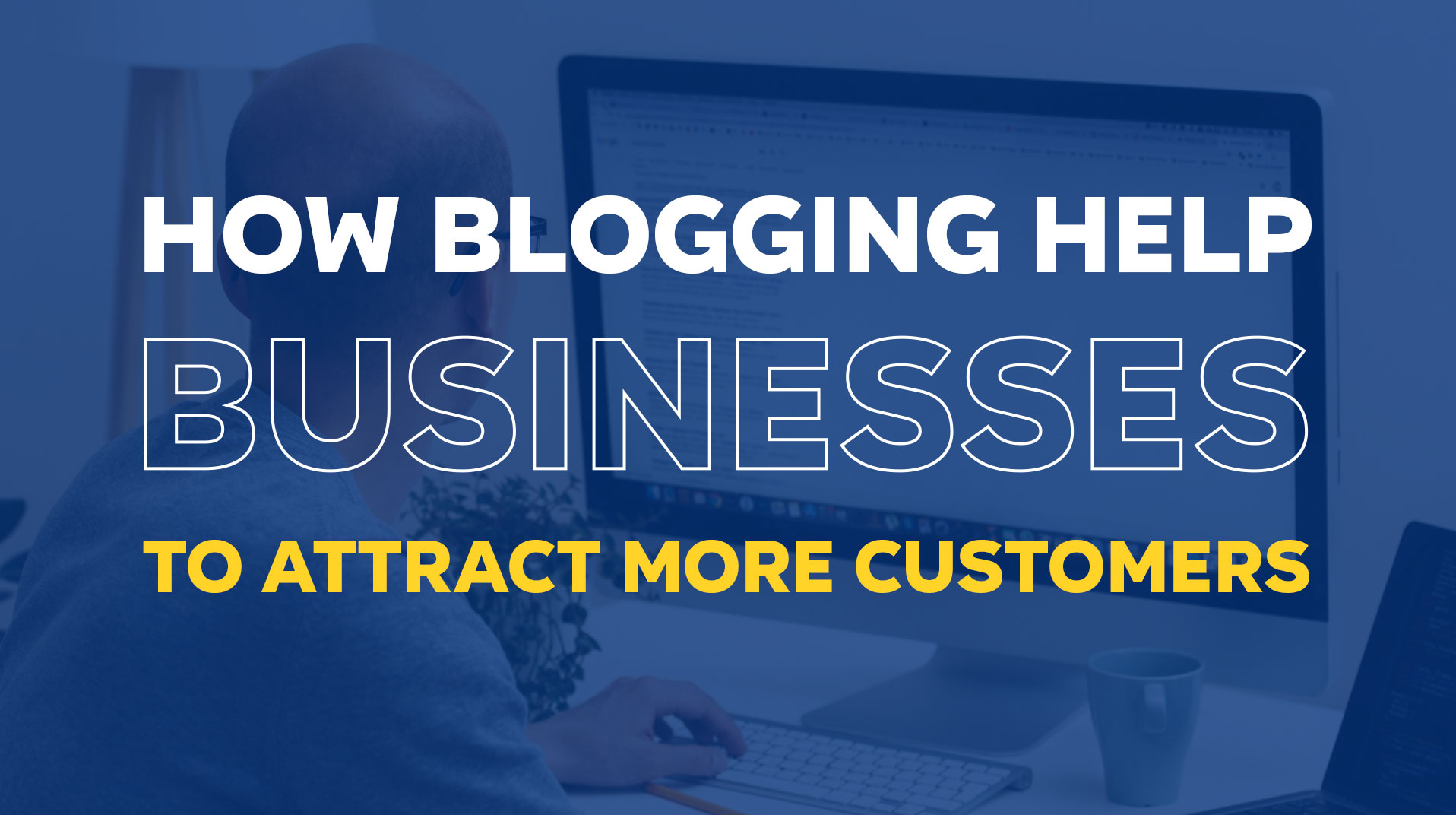
In today’s hyper-competitive digital world, simply advertising your products or services is no longer enough. With consumers being bombarded by countless offers and promotional messages every day, businesses must work harder to cut through the noise. One of the most effective ways to do this is through blogging.
A well-maintained blog does more than just populate your website with content — it offers real value to your audience, builds trust, showcases your expertise, and helps convert casual browsers into loyal customers. In this article, we’ll explore how blogging serves as a powerful business tool and the practical steps you can take to make the most of it.
Blogging as an Educational Tool

One of the most powerful benefits of a business blog is its role as an educational resource. Many customers may not fully understand how a product works or why they need it. A blog allows businesses to explain their offerings in a simple and engaging manner.
Simplifying Complex Topics
Whether you’re a tech company selling software solutions or a consultancy firm offering professional services, blog posts give you the space to break down complex topics into easily digestible content. For instance, a cloud computing provider might publish a series of posts explaining the basics of cloud storage, its advantages, and how it compares with traditional storage options.
Similarly, expert writing services often share helpful tips for students on how to craft essays, improve their writing, or prepare for exams. These educational posts build a bridge between the business and potential customers, creating a foundation of trust and understanding.
Answering Frequently Asked Questions
A blog can also serve as a dynamic FAQ section. By addressing common customer concerns in how-to guides, tutorials, or case studies, you not only save your support team time, but you also make the customer journey smoother.
Informative content such as industry trends, product comparisons, or usage tips encourages readers to keep returning. When customers feel more informed, the barriers to making a purchase are significantly lowered.
Building Trust and Authority Through Content

Trust is at the core of every successful customer relationship. Blogs are a fantastic way to position your business as an industry leader and a trusted authority in your field.
Demonstrating Industry Expertise
Every blog post you publish is an opportunity to showcase your knowledge and experience. Writing about relevant topics — whether it’s the latest developments in your sector, a behind-the-scenes look at your processes, or expert insights — demonstrates that you know your industry inside out.
For example, a digital marketing agency might write about Google’s latest algorithm update and explain what it means for small businesses. Sharing this kind of expert commentary helps establish credibility and shows potential customers that you’re on top of your game.
Backing Content with Data
Blogs that include data, statistics, and external research are far more persuasive. For example, a health-related business that references scientific studies or official guidelines in its blog posts will be perceived as more trustworthy than one that relies solely on opinions.
Solving Real Customer Problems
Blog posts that solve genuine customer problems are often the most valuable. Whether it’s a DIY troubleshooting guide, a post on common product issues, or tips on getting the best results from your service — these posts prove that your business cares about its customers beyond just making a sale.
When people feel that your content genuinely helps them, they’re more likely to trust your brand and recommend it to others.
How to Use a Blog for Business Growth

A blog, when properly integrated into your wider marketing strategy, becomes far more than just a content outlet. Let’s explore how you can strategically use your blog to generate leads, nurture customer relationships, and drive conversions.
1. Developing Targeted Content Funnels
A well-structured blog can guide potential customers through the various stages of their buying journey — from awareness to decision.
- Awareness Stage
At this point, the customer realises they have a problem but doesn’t yet know the solution. Your blog should highlight common industry challenges and pain points. Posts like “10 Signs You Need a New Accounting System” or “Why Your Business Isn’t Ranking on Google” can be perfect at this stage. - Consideration Stage
Here, the customer is exploring different solutions. Create in-depth comparisons, buyer’s guides, or detailed tutorials that showcase the advantages of different options, including yours. - Decision Stage
This is where you position your product or service as the ideal solution. Write case studies, customer testimonials, and success stories. Use blog posts to show how your offering solves problems better than competitors.
Include clear calls-to-action (CTAs) throughout — such as “Request a Demo,” “Download Our Guide,” or “Get a Free Quote.” These help guide the reader to the next step in their journey.
2. Generating Leads with Your Blog
Beyond building awareness, your blog is a lead generation machine — if used strategically.
- Offer Lead Magnets
Include downloadable resources such as e-books, whitepapers, or templates that users can access in exchange for their email address. - Content Upgrades
Add bonus content to specific blog posts — like a printable checklist or a deeper guide — to entice readers to subscribe. - Pop-Ups and Exit-Intent Offers
Capture leads as they’re about to leave your site by offering a valuable freebie in a pop-up window. - Email Sign-Up Forms
Strategically place newsletter sign-up forms within your posts or at the bottom of the page. Incentivise the sign-up with a special offer or exclusive content.
These small additions can turn your blog into a steady stream of qualified leads.
3. Optimising Blog Content for Search Engines
Creating quality content is vital, but it won’t deliver results unless people can find it. Search Engine Optimisation (SEO) ensures your blog ranks well in Google and other search engines.
- Use Relevant Keywords
Conduct keyword research and include terms your target audience is searching for. Use long-tail keywords for better chances of ranking. - Optimise Meta Descriptions and Tags
Write compelling meta descriptions and use proper title tags and heading structures to improve search visibility. - Internal Linking
Link between your blog posts and core service/product pages to pass on authority and guide readers to key areas of your site. - Use Images and Alt Tags
Add high-quality images and ensure they include descriptive alt text to enhance accessibility and SEO. - Consistent Publishing
Develop a content calendar and publish regularly to keep your blog fresh and relevant.
With consistent optimisation, your blog can become a long-term source of organic traffic.
4. Sharing Your Blog Content Across Channels
Don’t let your blog content live and die on your website. Repurpose and redistribute it across various channels to increase reach and engagement.
- Social Media
Break blog posts into bite-sized snippets and share them on platforms like LinkedIn, Instagram, Twitter, or Facebook. - Email Newsletters
Curate top-performing blog content into your regular email campaigns to stay in touch with your audience. - Video and Podcasts
Turn blog topics into short videos for YouTube or Instagram, or explore them further in podcast episodes. - Guest Posting and Collaboration
Pitch repurposed or complementary content to industry blogs or partner sites to reach new audiences.
If you need help tailoring your blog content for different formats or audiences, visit PaperHelp and ask experts to create and adjust your content for various platforms. Leveraging expert support ensures your message is effectively communicated across every channel.
The more you amplify your content, the more brand visibility and inbound traffic you generate.
5. Using Analytics for Better Business Insights
Blogging is not just a marketing tool — it can also offer deep business insights.
- Track User Behaviour
Use tools like Google Analytics to track metrics such as bounce rate, time spent on page, and conversion rate. These insights reveal what content works best. - Content Performance Reviews
Regularly audit your blog to find high-performing posts. Update them with fresh information or turn them into new content formats. - Reader Feedback
Pay attention to blog comments and social media shares. They provide direct insight into what your audience values. - AI and Automation
Advanced analytics tools powered by AI can help identify trends, predict content performance, and personalise the user experience.
This data can help you refine your content strategy, product offering, and marketing approach over time.
Final Thoughts
Blogging is much more than a content creation task — it’s a strategic tool that, when used correctly, fuels your marketing engine, builds customer loyalty, and generates measurable business results.
By educating your audience, demonstrating authority, and using practical tactics to generate leads and optimise SEO, your blog can become the most valuable asset in your digital toolkit. Integrate it into your wider marketing strategy and continuously analyse its performance to maximise its impact.
Whether you’re a small business owner or a growing enterprise, investing in your blog is investing in long-term customer relationships and business growth. Don’t just publish — educate, engage, and convert.
